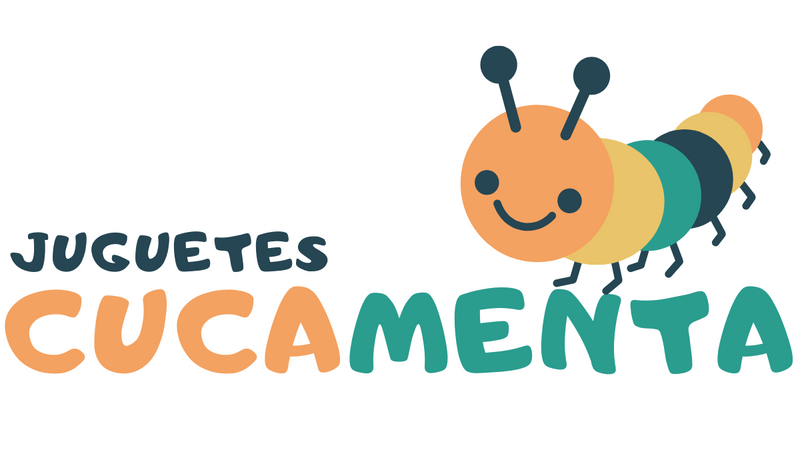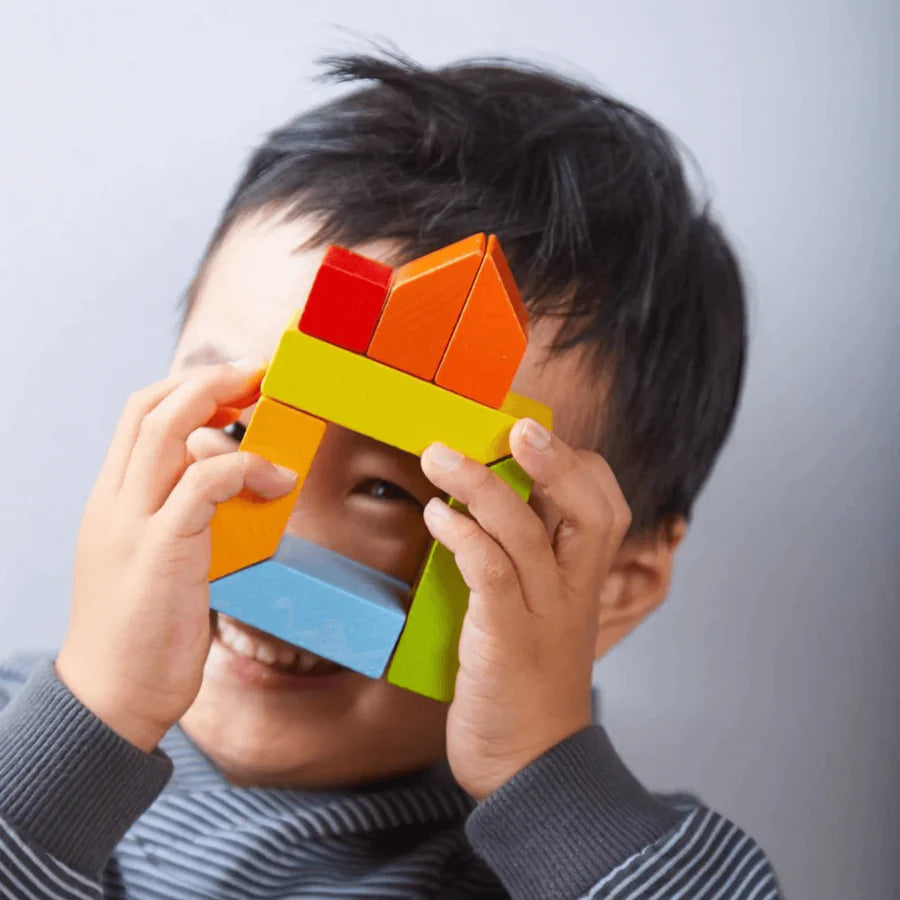You should have few but good toys. A good toy is one that, without being anything specific, can be everything.
Francesco Tonucci
Unlimited imagination, full concentration and a new world to create from scratch: one of the most interesting educational toys that has not lost a bit of validity since its appearance are construction games , traditionally made with blocks or colored pieces made of wood , although they are available in other materials such as plastic or silicone.
These toys have different shapes - they can be flat, embedded with spikes, joined together like Lego - and construction systems , such as stacking, connectors, couplings, knots, bars or even magnetism or screws.
Do you know what its curious origin is? On the iHistoria website they report that alphabetic blocks began to be manufactured at the end of the 17th century to learn the letters of the alphabet. Later, they evolved with other ornamental elements, such as numbers or shapes.
In the mid-18th century they were used to teach mathematics, geometry or drawing and were made in small carpentry shops. At that time they were very precious and expensive objects, only available to children of the aristocracy, who built monuments and buildings with the pieces.
Benefits of construction games

They seem simple, but they are more powerful toys than you think , and they stimulate numerous crucial skills , urging children to “think outside the box”, improve decision making or improve their spatial vision, among many other advantages.
- Development at an early age: blocks improve motor skills - both gross and, especially, fine motor skills -, hand-eye coordination, language development and socialization.
- Spatial skills : A study by CIRES at the University of Colorado in Boulder (United States) highlights that children's play experiences strongly shape spatial skills , being critical for future success in fields such as science, mathematics and engineering. According to their conclusions, those young people who played construction toys or video games outperformed the rest in spatial reasoning tests. Building structures allows children to experiment with spatial relationships and permanently rotate objects, as well as understand symmetry, balance, and geometric shapes.
- Mathematical thinking : according to this study from the University of La Rioja, children aged two and three benefit from construction games, which help to strengthen abstract concepts of mathematical thinking. “Boys and girls are capable of generating complex productions that imply symmetries, show axes of rotation, create complex arrangements, achieve disconcerting balances, resort to equivalences between pieces, define regular perimeters of large dimensions and without immediate references,” says the research.
- Creativity: In addition to logical thinking, building blocks allow children to be more creative. A study by the Complutense University of Madrid focused on LEGO concludes that it enhances creativity through fluidity, flexibility, originality, elaboration and internal coherence, allowing boys and girls to “innovate, take risks and experiment until they achieve the desired result.”
In addition, these types of toys encourage cooperative play and teamwork, promote mental agility, attention and concentration , teach them to identify the world around them and are an ideal support tool for doing homework. By generating invented spaces, they serve as a stage to develop free play and symbolic play. And by achieving the proposed results, with these blocks the little ones improve their self-esteem and confidence.
From what age are they used?
Depending on the size of the pieces and the complexity of the game or building system, you will have different options. There are soft cube options for babies from 6 months, while from one year onwards you will find many options, such as the classic wooden blocks.
Between 16 and 18 months, your child can stack three blocks on top of each other, forming a tower, while at five or six years old he can create spectacular constructions.
The best construction games for children

At Cucamenta we put at your disposal 16 different types of construction toys, from classic variants recommended for ages 3 and up in different shapes and colors to 3D cube mosaics , incredible magnetic constructions , the jungle pyramid - with a vintage design of the jungle and ideal for learning animals- or the stroller with cubes for walking , recommended for babies from one year old.


0 comments